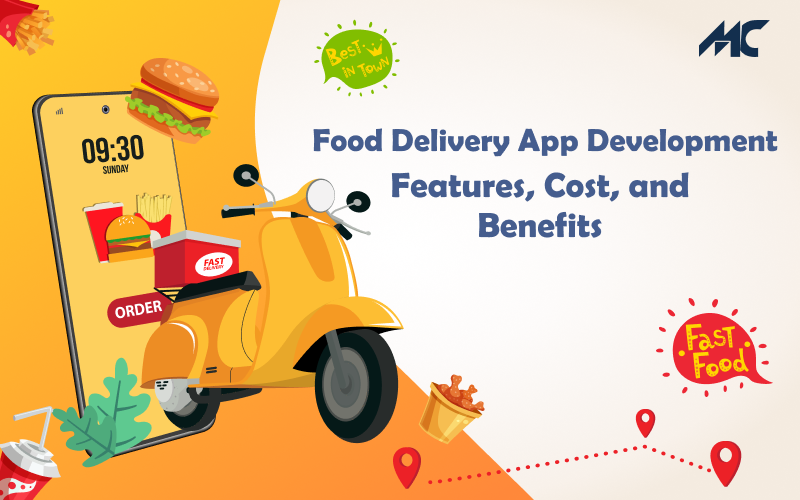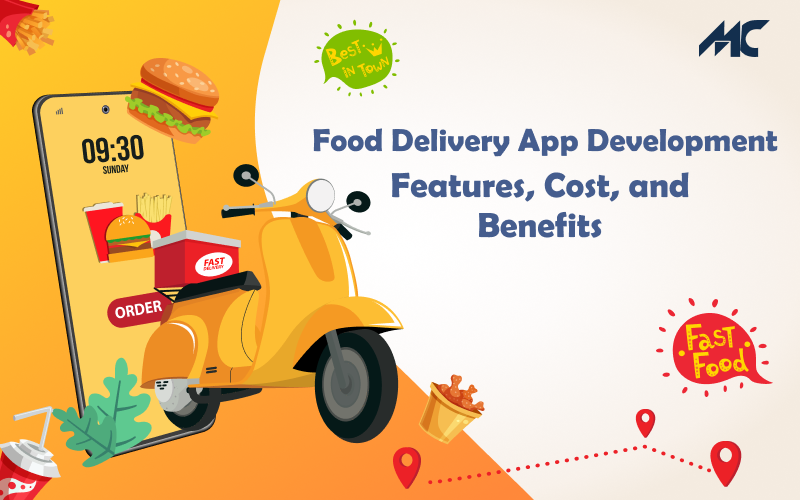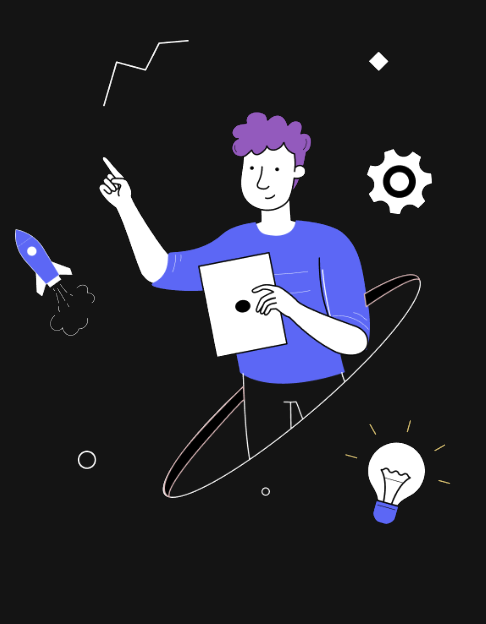Food Delivery App Development: Features, Cost, and Benefits
In today’s fast-paced world, people are increasingly turning to food delivery apps for the convenience of ordering food from their favorite restaurants, without leaving the comfort of their homes or offices. As a result, the demand for food delivery app development services has grown significantly in recent years.
However, developing a food delivery app is not as simple as it may seem. It requires a deep understanding of user behavior, a user-friendly interface, secure payment gateways, efficient order management systems, and robust delivery mechanisms. Additionally, the app must be responsive and able to handle a large number of users simultaneously.
In this blog, we will explore the process of top food delivery app development, from planning and design to deployment and maintenance.
What is a Food Delivery App?
A food delivery app is an application that allows customers to order food from various restaurants and have it delivered to their desired location. These apps typically feature menus from local restaurants, allow customers to customize their orders, and track their deliveries in real-time.
Many popular food delivery apps also offer user reviews and ratings, as well as various payment options, including credit cards, PayPal, and Apple Pay. Examples of popular food delivery apps include Uber Eats, Grubhub, DoorDash, and Postmates.
Current Market Statistics About The Food Delivery Industry
The food delivery industry has experienced rapid growth in recent years, driven by changing consumer habits and advancements in technology. In terms of market segmentation, online food delivery platforms account for the majority of the market share, with companies like Uber Eats, Grubhub, and DoorDash leading the way. Besides this, restaurants also use their own food delivery apps for delivering food to their customer’s doorsteps. This, as a result, has led to an increase in the demand for restaurant app development services in the field of the mobile app development industry.
Therefore, the food delivery industry is expected to continue growing at a steady pace in the coming years, driven by increasing demand for convenience, busy lifestyles, and advancements in technology.
According to Statista, the global food delivery market was valued at $107.44 billion in 2019 and is projected to grow at a CAGR of 11.5% from 2020 to 2027.
In the United States, the food delivery industry was estimated to be worth $26.5 billion in 2020, a 22% increase from the previous year, according to Second Measure.
The pandemic has accelerated the growth of food delivery services, with a 50% increase in online food orders in the US alone, according to Yelp’s Economic Average report.
DoorDash, the largest food delivery company in the US, reported a 226% year-over-year increase in revenue in 2020, reaching $2.89 billion.
Uber Eats, the second-largest food delivery platform in the US, reported a 190% year-over-year increase in gross bookings in Q2 2021, reaching $12.9 billion.
In Europe, the food delivery market is expected to reach €25 billion by 2025, according to research by McKinsey & Company.
These statistics show that the food delivery industry is experiencing significant growth, driven in part by the pandemic and the increasing popularity of online ordering and home delivery.
Key Features of Food Delivery Apps
Food ordering & delivery apps have become increasingly popular over the last few years, providing customers with an easy and convenient way to order food from their favorite restaurants. a food delivery app should be easy to use, secure, and provide customers with a convenient and hassle-free way to order food from their favorite restaurants. Here are some of the features that you can expect to find in a food delivery app.
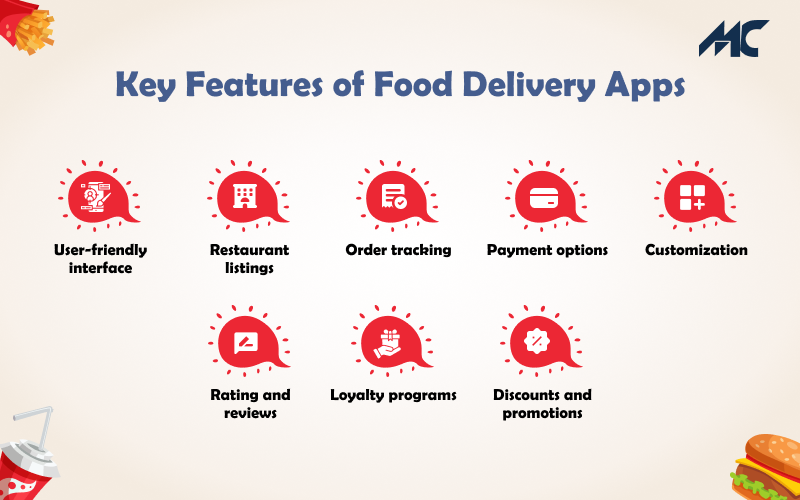
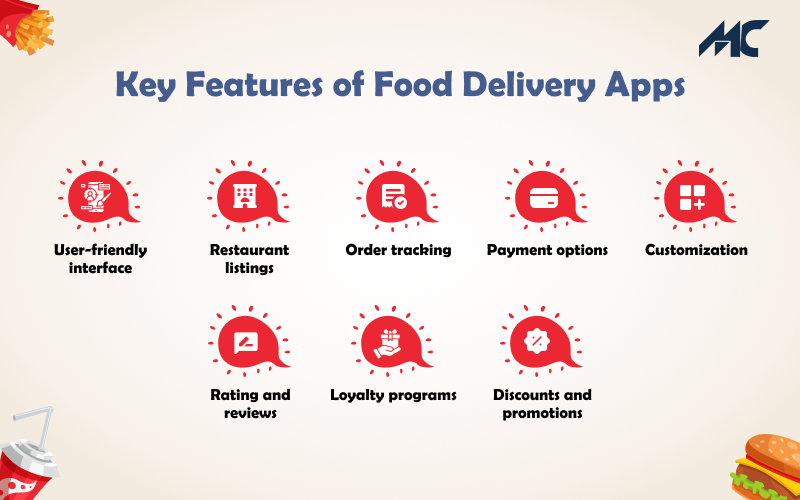
1. User-Friendly Interface
A food delivery app should have a simple and easy-to-use interface that allows customers to browse menus, search for their favorite dishes, and place orders quickly and easily.
2. Restaurant Listings
The app should provide a comprehensive listing of all the restaurants that are available for delivery in the user’s area. Each listing should include information about the restaurant, such as its menu, operating hours, and location.
3. Order Tracking
Once the order has been placed, the app should allow customers to track the status of their order in real time. This feature can help to reduce anxiety and ensure that customers are aware of when their food will arrive.
4. Payment Options
The app should provide customers with multiple payment options, such as credit/debit cards, e-wallets, and cash on delivery. This feature should be easy to use and secure.
5. Customization
The app should allow customers to customize their orders, such as adding or removing ingredients, selecting the spice level, and so on. This feature can help to ensure that the customer’s order is prepared exactly to their liking.
6. Rating and Reviews
The app should allow customers to rate and review the restaurant and their experience with the app. This feature can help other customers to make informed decisions about which restaurants to order from.
7. Loyalty Programs
The app should offer loyalty programs to customers, such as points and rewards for repeat orders. This feature can help to retain customers and encourage them to order more frequently.
8. Discounts and Promotions
The app should offer discounts and promotions to customers, such as free delivery or discounts on certain menu items. This feature can help to attract new customers and encourage them to try new restaurants.
Benefits of Food Delivery Apps
The rise of on-demand food delivery apps in recent years has revolutionized the way people order and receive food. food delivery apps offer a range of benefits to customers, including convenience, time-saving, variety, better hygiene, loyalty programs, easy payment options, and environmental benefits. Here are some of the benefits of food delivery apps:
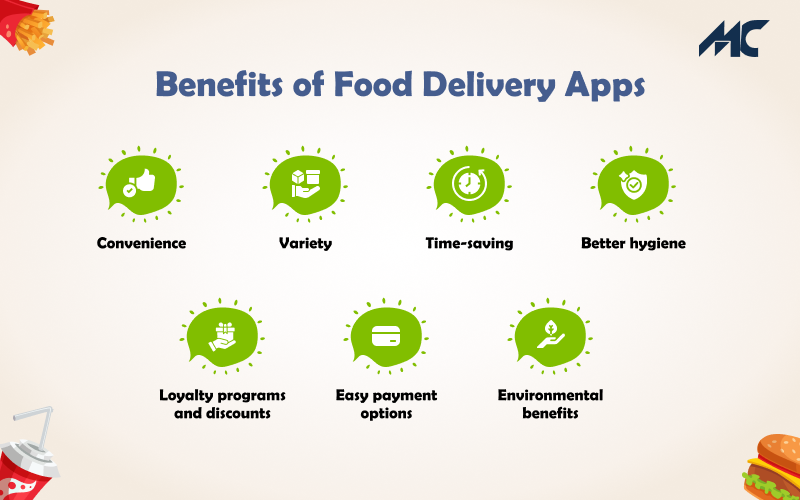
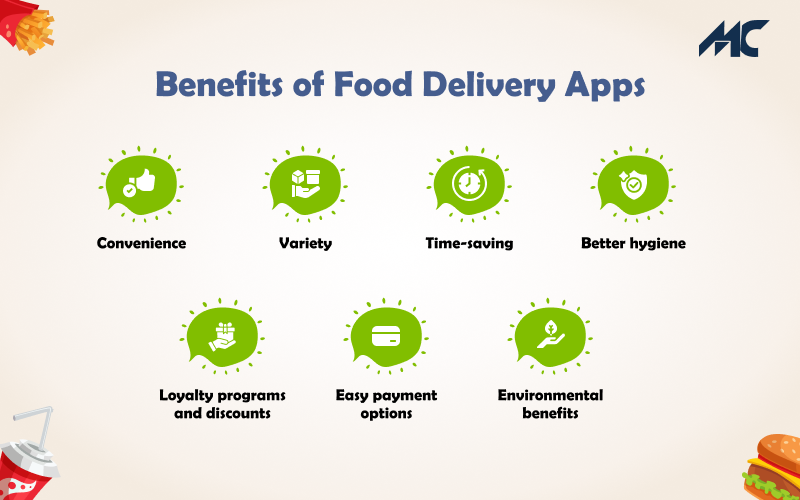
1. Convenience
One of the biggest benefits of food delivery apps is the convenience they offer. Customers can order food from their favorite restaurants and have it delivered to their doorstep without leaving their homes or offices. This is especially useful for people who are busy or those who may not have the time to cook for themselves.
2. Variety
Food delivery apps offer a wide variety of food options from various restaurants, cuisines, and price ranges. Customers can easily search for the food they want and select the restaurant they want to order from. This means that people can try new restaurants and dishes without having to go out and find them.
3. Time-Saving
Food delivery apps save time for customers, as they can place their orders from anywhere and at any time, without having to wait in line or for a table. Additionally, delivery times are usually shorter than if the customer were to visit the restaurant themselves.
4. Better Hygiene
In the current pandemic, food delivery apps have become more important than ever, as they minimize the risk of spreading the virus. Customers can order food without having to come into close contact with other people, and the food is delivered safely to their doorstep.
5. Loyalty Programs and Discounts
Many food delivery apps offer loyalty programs and discounts to encourage customers to use their apps regularly. This can help customers save money on their favorite foods and restaurants.
6. Easy Payment Options
Food delivery apps offer various payment options, such as credit cards, digital wallets, and even cash on delivery. This makes it easy for customers to pay for their food and eliminates the need for cash transactions.
7. Environmental Benefits
Food delivery apps can help reduce the carbon footprint of the food industry by minimizing the number of cars on the road. This is because food delivery services consolidate multiple orders into a single delivery, reducing the number of vehicles needed for delivery.
What is the cost of food delivery app development?
The cost of developing a food delivery app depends on various factors such as the complexity of the app, features, functionalities, platform, and the experience level of the development team. Here are some of the factors that affect the cost of food delivery app development:
1. App Platform:
The cost of food delivery app development depends on the platform you choose for the app development. If you plan to build an app for both Android and iOS platforms, the cost will be higher than building an app for a single platform.
2. App Design:
App design plays a vital role in the cost of food delivery app development. The cost of app design depends on the level of customization and design complexity you require.
3. Features and Functionalities:
The cost of food delivery app development also depends on the features and functionalities you require. For example, if you want to include advanced features like real-time tracking, push notifications, and online payments, the cost will be higher.
4. Integration with Third-Party Services:
Integrating your app with third-party services like Google Maps, payment gateways, and social media platforms can also increase the cost of development.
5. App Development Team:
The cost of food delivery app development also depends on the experience level and location of the development team you hire. A development team from the USA, Canada, or Europe will cost more than a team from India, the Philippines, or Eastern Europe.
6. Testing and Maintenance:
After the development of the app, it requires proper testing to ensure it functions correctly. Maintenance is also essential to keep the app up-to-date and fix any bugs.
So, the cost of food delivery app development can range from $30,000 to $100,000 or more, depending on the above factors. However, it is essential to keep in mind that investing in a high-quality app is worth it as it can provide a better user experience and generate more revenue in the long run.
To Wrap Up
In conclusion, food delivery app development is a great way to offer a convenient solution for customers to order food from the comfort of their homes. From a customer’s perspective, it offers a hassle-free way to order food while providing a personalized and user-friendly experience. From a business’s perspective, it allows them to reach a wider audience, increase sales, and streamline their operations.
Therefore, it is important to work with the top food delivery app development company that specializes in creating customer-friendly food delivery mobile apps. And MobileCoderz is one such company that has years of proven industry expertise and experience in developing apps for food delivery and restaurant businesses.
Contact Us today to get a free consultation
-

 Mobilecoderz Awarded as India’s Best iPhone App Development Company by Clutch
Mobilecoderz Awarded as India’s Best iPhone App Development Company by Clutch -

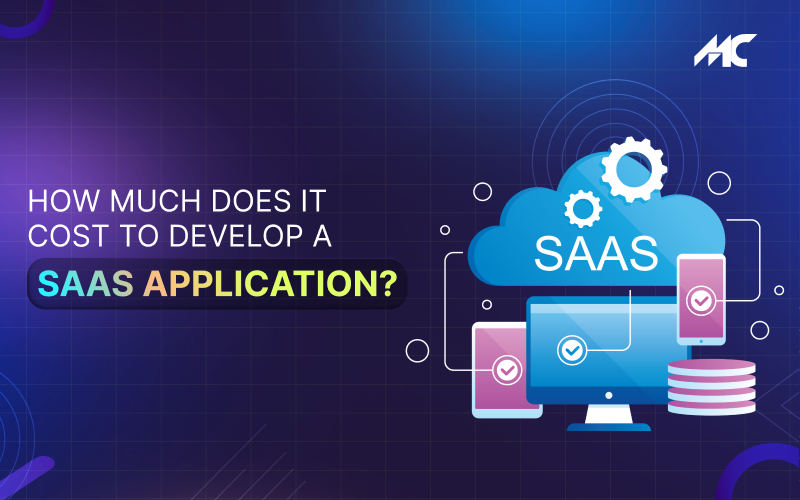 How Much Does It Cost to Develop a SaaS Application?
How Much Does It Cost to Develop a SaaS Application? -

 Mobilecoderz recognized as the Top App Development Company in Saudi Arabia by GoodFirms
Mobilecoderz recognized as the Top App Development Company in Saudi Arabia by GoodFirms




